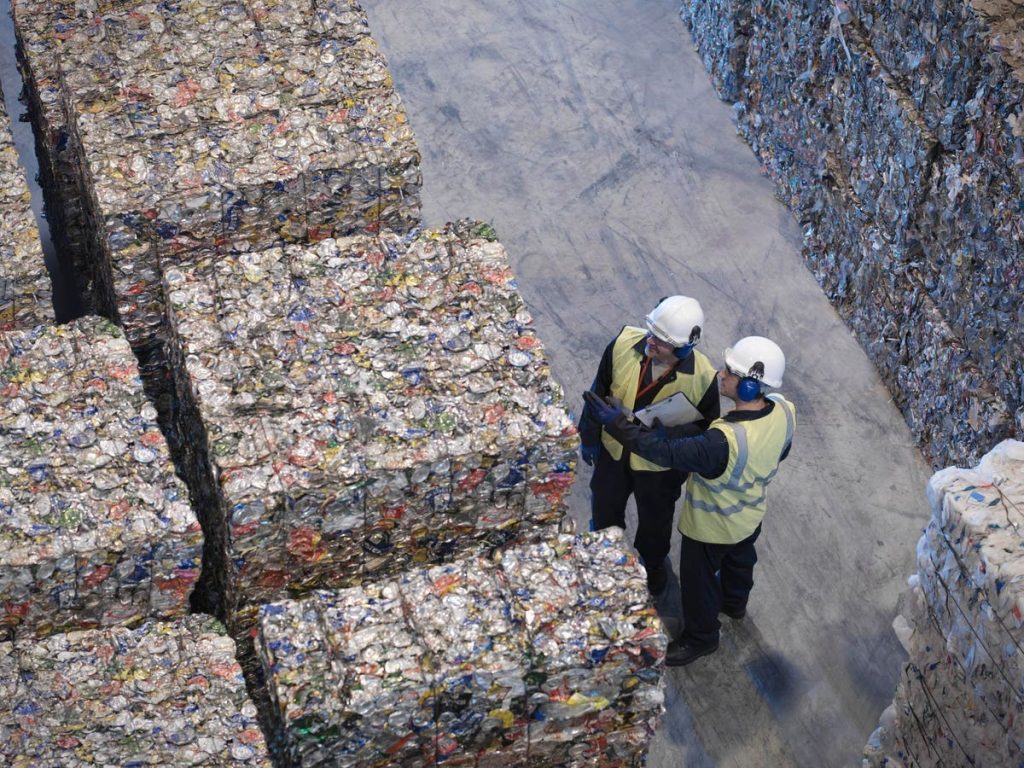Founder & CEO of Alp Bora & Co., Alp Bora talks about mining, sustainability and corporate culture.
There’s a familiar saying in farming: “If you eat, you’re involved in agriculture.” Similarly, in mining, the adage goes, “If it’s not grown, it’s mined.” From the house that you live in to the car that you drive, metals and minerals are intertwined with virtually every aspect of our lives.
Along this line of thinking, decarbonization and net-zero initiatives have one thing in common: the need for metals and minerals. Projections from OEMs and government-funded research point to a huge increase in the need for metals such as copper and nickel over the next decade (according to recent publications from ICMM and McKinsey & Company). However, the supply is not even close to catching up to the demand.
Supply And Demand For Metals
On the one hand, we will probably never completely run out of metals. The challenge becomes how to extract them at the right time, in a responsible manner and at the right price. Metals can be produced from two sources: mining and recycling. Currently, mining accounts for 75% of the total copper supply.
As the supply-demand gap widens, I see recycling becoming a competitive advantage for mining and metals companies from a value and market strategy perspective.
I believe that miners that build recycling into their supply chain have a huge advantage in terms of supplying metals to OEMs such as Tesla and Metso, enabling them to gain market share, higher ESG premium credits and revenue from scrap materials.
If recycling seems daunting to implement on a large scale, consider how difficult it is to launch an entirely new mining project. For example, the Resolution Copper project, containing enough reserves to meet 10% to 15% of U.S. copper needs, began the permitting process in 1997, and it is still waiting for permits to begin operations. If the mine had been up and running over the last 25 years, it could have produced the amount of copper needed for 80 million electric vehicles. While new projects are important for longer-term stability, recycling plays a key role in building a circular economy.
The Current State Of Recycling
Glencore and Anglo American are some of the few major mining companies that extract copper or nickel and recycle the material. Glencore, specifically, employs an integrated, end-to-end supply chain from raw material extraction to metal production (as a primary source) and recycled metals (as a secondary source). I believe companies that follow this model can more strongly leverage themselves in OEM partnerships.
Glencore is investing millions in recycling and is a supplier to major EV companies such as Tesla, Ford and GM, making it a key stakeholder in the metals supply chain.
Similarly, 10 years ago, Tesla was a pioneer in EV car manufacturing, and as of last year, it still controlled around 70% of the world market. It is the largest EV producer and supplier, ahead of the other EV makers by five to seven years. I believe that by focusing on recycling earlier, mining companies can position themselves to leap ahead of other enterprises.
Challenges Of Recycling
The next logical question then is why haven’t mining companies included recycling as part of their operations? Simply put, until recently, there was no business case for it. Some immediate challenges with recycling are:
• Availability of raw materials.
• Availability of capital.
• Technical expertise in implementing recycling plants.
• Chemistry of recycling.
Copper and nickel are 100% recyclable without losing their metallurgical characteristics. However, we cannot simply introduce scrap metal in smelters because of chemistry-related challenges, forcing companies to either change their recipe or invest in new equipment for recycling.
For instance, copper smelters are very sensitive to copper-to-sulfur ratio to maintain temperature levels. High bismuth composition can result in lower-grade metal, which then is sold as grade B material (losing premium value).
Benefits Of Recycling
It’s predicted that recycling can supply up to 15% to 20% of metal production once the required supply chain and infrastructure are built. In addition to promoting the circular economy, there are multiple benefits such as ESG credits and premiums, lower carbon footprint (less dumping of waste into ocean beds, for example) and quicker transition to a low-carbon future. More recycling also means more efficient energy use.
The Drive To Increase Domestic Supply
From a supply chain point of view, the majority of refined raw materials required for EV production are currently produced in China. As a case in point, the U.S. consumes 12% to 15% of the total copper produced in the world and sources copper from other parts of the world due to limited domestic smelting capacity.
I believe that recycling presents an opportunity for North American companies to secure scrap and process copper. The 2022 Inflation Reduction Act provides support for mining companies that extract and produce metals in the U.S. rather than exporting them. Similar legislation is slowly being adopted in Canada, the U.K., India, Australia and China—countries with a growing demand for battery-grade metals, making it more attractive for mining companies to scale the rate of recycling.
To offset the growth in demand and ever-increasing red tape associated with new mining projects, I believe recycling needs to be included in companies’ production and operating strategies. It’s simply the best way to realize untapped capacity, grow revenue and improve the overall health of the planet.
Forbes Business Council is the foremost growth and networking organization for business owners and leaders. Do I qualify?
Read the full article here









